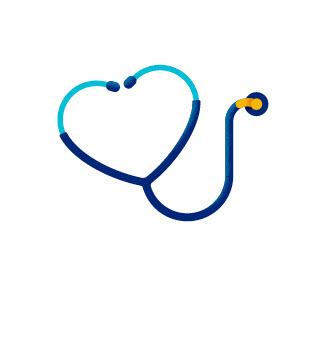Did you know?
When it comes to Medicaid, there is a lot of misinformation and misunderstanding out there. Medicaid provides health insurance coverage to people who may be experiencing low incomes, people with disabilities, and people who are older. Here are some facts about Medicaid.
Medicaid improves the health of children.
Nearly 67 percent of children under the age of five and covered by Medicaid get a yearly well-child appointment.
Well-child visits are important for the overall health of a child. In addition to providing recommended immunizations to prevent illness, these appointments assess a child’s development. This includes tracking growth, developmental milestones, social behaviors and more.
Kids covered by Medicaid get the care they need and also experience long-term health and economic gains as adults, including better health status, higher educational attainment and higher earnings.
48% of children enrolled in Medicaid had a preventive dental exam in the last year.
Early and routine checkups help prevent cavities and tooth decay which can lead to problems with eating, speaking, playing and even learning.
https://publications.aap.org/aapnews/news/12481/Parent-Plus-Importance-of-routine-pediatrician
https://www.cbpp.org/research/health/medicaid-works-for-children
https://www.cdc.gov/oralhealth/basics/childrens-oral-health/index.html
Medicaid helps pregnant moms give birth to healthy babies.
Medicaid covers 43% of births in the United States.
Pregnant women in the United States continue to experience adverse maternal and birth outcomes. In fact, the rate of preterm births continues to rise and has now reached one in every ten. Low birthweight is also on the rise. Infants born preterm or low birthweight are at an increased risk for experiencing physical disabilities and developmental impairments throughout their lives.
The average cost of medical care for a baby born without complications is $4,550 in the first year.
The average cost of medical care for a premature or low birthweight baby is $49,000 in the first year.
Medicaid supports healthy pregnancies, offering health care and support before, during and after pregnancy for better outcomes.
Source: America’s Health Rankings, 2018 Report
https://www.cdc.gov/nchs/data/databriefs/db318.pdf
Medicaid provides a short-term safety net for those who are struggling financially.
Of able-bodied adults who are covered by Medicaid expansion, 62% are already working or in school & 12% are looking for work.
Access to health insurance, including Medicaid, directly contributed to cutting poverty by almost one quarter.
The majority of people receiving Medicaid are enrolled in the program for less than 2 years.
Source: Health Affairs, “Estimating the Effect of Health Insurance and Other Social Programs on Poverty Under the Affordable Care Act.”
https://www.cbpp.org/blog/more-evidence-medicaid-expansion-boosts-health-well-being
https://www.healthaffairs.org/do/10.1377/forefront.20170306.059021/full/
Medicaid is widely supported.
Polling suggests that Medicaid has broad support across political parties.
What is the difference between Medicaid and Medicare?
Medicaid
- Provides health insurance to low-income children and some parents, seniors and individuals with disabilities
- Provides medical care and long-term care coverage
- Has eligibility rules based on income and categorical criteria
- Receives state and federal funding
- Administered on a state level, within federal guidelines
Medicare
- Provides health insurance for seniors aged 65 years and older, and for some people with disabilities
- Provides medical care coverage, but very limited long-term care coverage
- Has no income limit
- Receives federal funding collected by payroll deduction
- Administered on a federal level
Dually Eligible
- Provides health insurance for seniors aged 65 years and older and people with disabilities
- Provides medical care coverage through Medicare and long-term care coverage through Medicaid
- Must meet state-set income eligibility standards
- Funded by both the state and federal government
- Administered on state level, within federal guidelines
- Medicaid is considered payer of last resort

